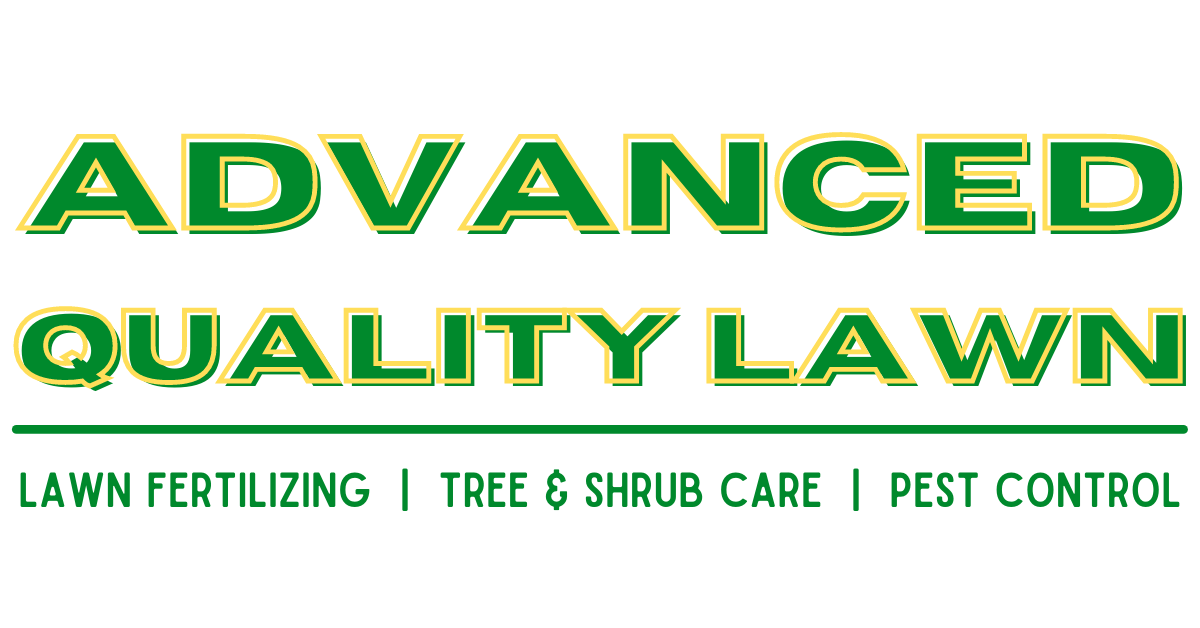The Secret to a Lush Green Lawn: Aeration and Its Importance
Picture this: A vibrant, lush, and perfectly manicured lawn, the envy of your neighborhood. Achieving such a picturesque lawn takes more than just regular watering and mowing. One of the key secrets to a healthy and beautiful lawn is aeration. In this blog post, we'll explore what aeration is and why it's crucial for your lawn's well-being.
What Is Lawn Aeration?
Aeration is the process of perforating the soil with small holes to allow air, water, and nutrients to penetrate deeply into the root zone of your grass. The goal of aeration is to relieve soil compaction and improve the overall health of your lawn.
Why Aeration Matters
Relieves Soil Compaction: Over time, the soil in your lawn can become compacted due to heavy foot traffic, lawn equipment, and other factors. This compaction restricts the movement of air, water, and nutrients through the soil. Aeration combats this by creating channels that allow these essential elements to reach the grassroots.
Improves Nutrient Uptake: Grass roots need vital nutrients like nitrogen, phosphorus, and potassium to thrive. When your soil is compacted, it becomes difficult for these nutrients to reach the roots. Aeration helps by improving the nutrient uptake of your grass, leading to healthier and more vibrant growth.
Enhances Root Growth: A well-aerated lawn encourages robust root growth. As roots have access to oxygen and nutrients, they can grow deeper and stronger. This means your grass will be better equipped to withstand environmental stressors, such as drought and disease.
Enhances Water Absorption: Proper aeration allows water to penetrate the soil more effectively. This prevents water from pooling on the surface, which can lead to runoff and the loss of valuable moisture. With aeration, water can seep down to the root zone, promoting optimal hydration for your grass.
Reduces Thatch Buildup: Thatch is the layer of dead grass, roots, and other organic matter that accumulates on the surface of your lawn. Excessive thatch can stifle grass growth and create an environment where pests and diseases thrive. Aeration helps break down thatch, facilitating its decomposition and reducing the risk of thatch buildup.
When to Aerate Your Lawn
Aeration is not a one-size-fits-all solution, and its frequency depends on the specific needs of your lawn. Typically, it is recommended to aerate your lawn once a year, during the growing season for your grass type. For cool-season grasses like Kentucky bluegrass or fescue, early spring or fall is the ideal time. For warm-season grasses like Bermuda or zoysia, late spring is often preferred.
Aeration is a fundamental practice for maintaining a healthy and attractive lawn. By alleviating soil compaction, promoting root growth, improving nutrient uptake, enhancing water absorption, and reducing thatch buildup, you can achieve the lawn of your dreams. Remember to follow the best practices and the appropriate timing for aeration, and your efforts will be rewarded with a greener, more resilient, and enviable lawn that you can be proud of.
Looking to get your lawn aerated today? Call Advanced Quality Lawn today for our Thanksgiving Special pricing of 50% off! Don’t wait, call Advanced Quality Lawn today!



